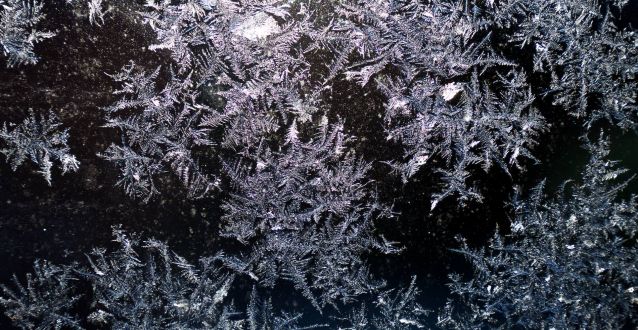A Late Winter

How often have you heard people talking about a season being early or, as for this Winter, late?
Meteorologically of course this is complete nonsense. In the Northern hemisphere Spring starts 1 March, Summer 1 June, Autumn 1 September and Winter 1 December. But is it really such nonsense? For one thing we all know what we mean when we say Winter was late this year – it was much milder than we typically expected at the end of 2015 and as a result the leaves stayed on the trees later. And this has very real consequences, especially for wildlife or land based industries – within the landscape industry for example the lifting of bare root trees and hedges was delayed by over a month as plants must be allowed to go into dormancy before they are dug up. It is for this reason that when I write maintenance notes for plants I don’t set tasks out as a month by month calendar but instead refer more loosely to Spring, mid Summer, etc. It seems much more intuitive that if a pruning job should normally be done in Winter, then if Winter is “late” you should delay the pruning. Whereas specifying pruning to be done in December to February gives the impression that it should be done regardless of the conditions.
Even the strict definition of the seasons isn’t actually so straight forward as there are several different conventions that apply even just in Britain, and once you add in different parts of the world it gets less clear still.
The astronomical seasons follow the equinoxes and solstices – and these don’t fall at exactly the same time or even day each year! In 2016 in Britain the Spring equinox will be 20 March, the Summer solstice 20 June, the Autumn equinox 22 September and the Winter solstice 21 December.
The Solar calendar used by the Celts uses the equinoxes and solstices as the midpoints of the seasons, so in the Celtic calendar Spring starts 1 February, Summer 1 May, Autumn 1 August and Winter 1 November.
It’s not even true to assume that there are always 4 seasons – ecologists use a system of 6 seasons (Prevernal, Vernal, Estival, Serotinal, Autumnal, Hibernal) which are not fixed in calendar terms but instead vary by climatic region based on key wildlife occurrences. For example the Vernal season (Spring) starts when buds open into leaves and birds establish territories and start to nest and mate.
This isn’t the only non calendar based approach. Going back to how meteorologists define the seasons, in Sweden and Finland the meteorological seasons are based on temperature rather than the calendar – Spring starts when the daily averaged temperature rises above 0C permanently for 7 consecutive days. Clearly this is therefore only set after the event based on observation. In Britain we used to use a similar method – the start of Spring used to be defined as when temperatures stayed above 50F. This almost always used to occur in March, but global warming means it could occur during what meteorologists now define as Winter.
These observational approaches are much more how we are thinking when we talk about a late Winter.
Categorised in: News
This post was written by Christine Whatley on January 27, 2016 3:50 pm







